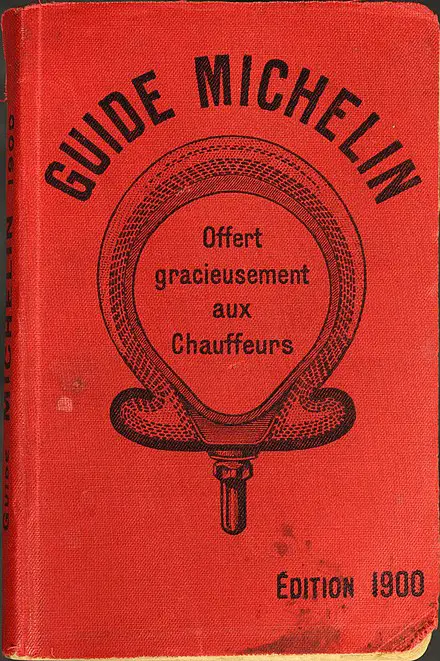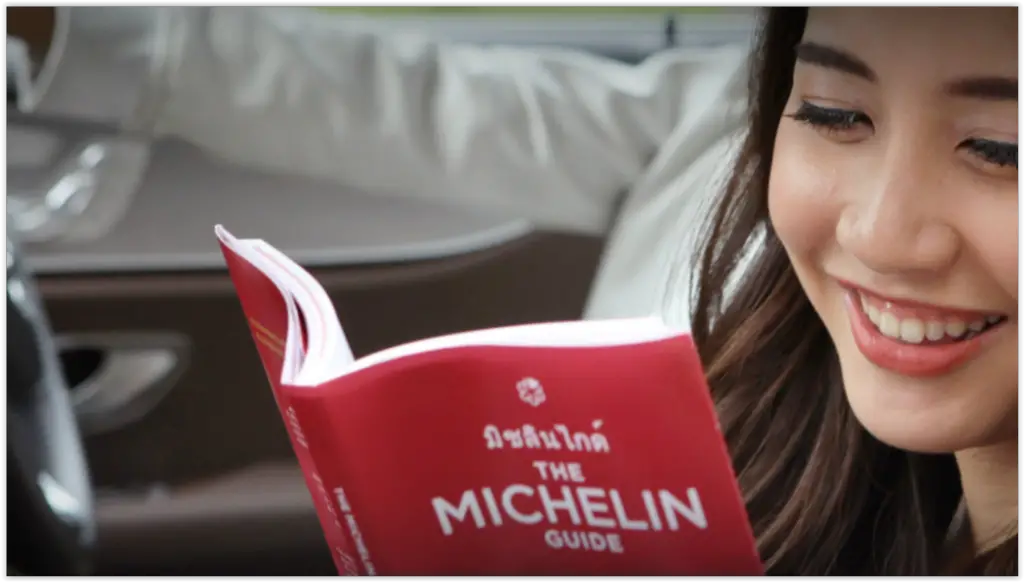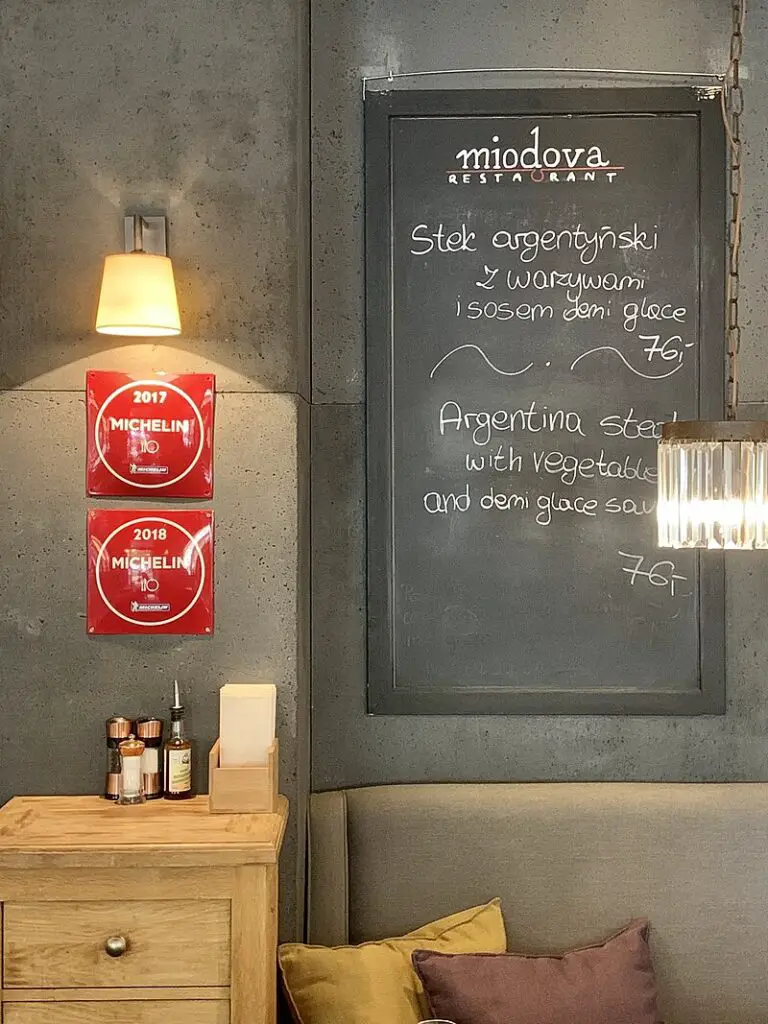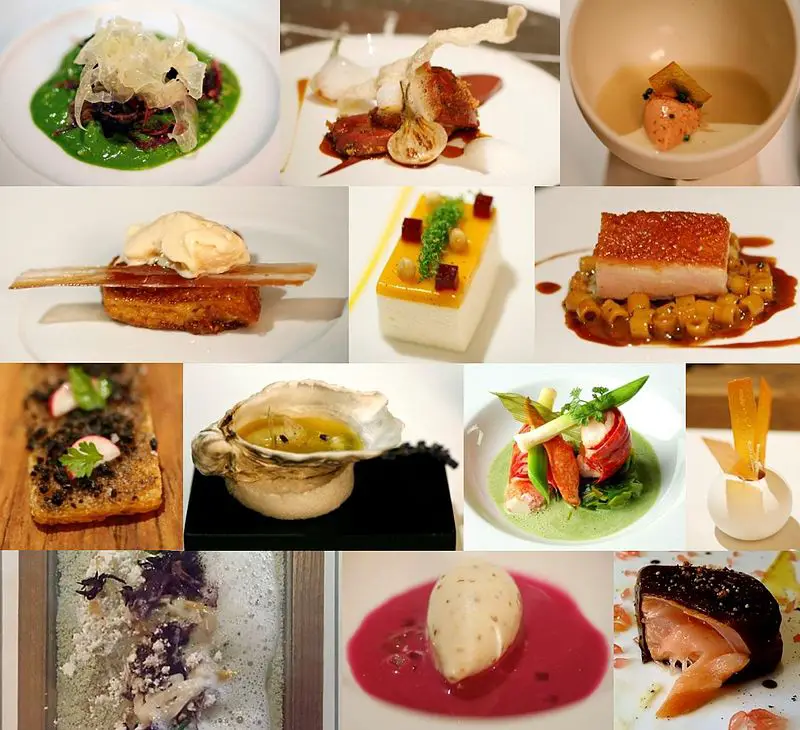The Michelin Guide has long been the epitome of culinary excellence, awarding its coveted stars to restaurants that achieve the highest standards of cooking. But the story of how these stars came to define fine dining is intertwined with the history of modern mobility, dating back to the dawn of the automobile era. Here at Auguste Escoffier School of Culinary Arts, we delve into the origins and evolution of the Michelin Guide, exploring how it has shaped the gastronomic world and continues to influence aspiring chefs and restaurateurs.
The Birth of the Michelin Guide
The journey of the Michelin Guide began in 1900 when Andre and Edouard Michelin, founders of the Michelin Tire Company, introduced a guidebook to encourage more frequent automobile travel—and consequently, the consumption of tires. Distributed freely, the first Michelin Guide included maps, tire repair instructions, and a list of car mechanics, hotels, and restaurants along popular routes in France. This clever marketing tool was designed not just to support car maintenance but to inspire adventure and exploration among the burgeoning class of automobile owners.

The Advent of Michelin Stars
The guide’s transformation into a gastronomic authority began in the 1920s. Following an anecdote about a Michelin Guide being used to prop up a workbench, the Michelin brothers decided to charge for the guide to enhance its perceived value. They eliminated advertisements, improved the quality of the content, and started anonymously reviewing restaurants using a team of mystery diners.
In 1926, the Michelin Guide began awarding stars to fine dining establishments. Initially, restaurants could earn just one star; by 1931, the system had expanded to the three-star rating we know today:
- One star: A very good restaurant in its category.
- Two stars: Excellent cooking, worth a detour.
- Three stars: Exceptional cuisine, worth a special journey.
Each star is a symbol of excellence and a rare honor, reflecting the quality, mastery, and consistency of a restaurant’s culinary offerings.

Expansion and Modernization
After a brief hiatus during World War II, the Michelin Guide resumed publication and gradually became an international authority on dining. The introduction of the Bib Gourmand rating in 1955 marked another milestone, recognizing restaurants that offer high-quality food at reasonable prices, thus making fine dining more accessible.
The Michelin Guide’s foray into the United States began in 2005, starting with New York City and eventually extending to other major cities like Chicago, Los Angeles, and San Francisco. Today, the guide covers 37 countries and continues to expand, celebrating culinary excellence around the globe.

The Michelin Guide Today
In the 21st century, the Michelin Guide has adapted to the digital age while maintaining the rigorous standards set by its founders. It now includes the Michelin Green Star, awarded to restaurants at the forefront of sustainable dining practices. The guide remains a pivotal reference for culinary professionals and enthusiasts, influencing where people dine and how chefs and restaurateurs aspire to craft their menus.

The Path to Michelin Stardom
Achieving a Michelin star is a rigorous and secretive process. Restaurants are selected for inspection based on a variety of criteria, including recommendations and industry buzz. Michelin’s anonymous inspectors then visit the restaurant several times, assessing the quality of the ingredients, mastery of flavor and cooking techniques, the personality of the chef in the cuisine, value for money, and consistency between visits.
The inspectors’ reviews form the basis of star allocations, discussed and debated among senior members before a final decision is made. For chefs like Curtis Duffy, who partnered with Michael Muser to earn three Michelin Stars for Grace in Chicago and later two stars for Ever, Michelin recognition is both a pinnacle of career achievement and a testament to enduring excellence in the culinary arts.

2024 Michelin Guide
The 2024 Michelin Guide has introduced an exciting array of new entrants, spotlighting the dynamic landscape of culinary excellence. Among these, two standout restaurants have ascended to the prestigious rank of three Michelin stars. Jérôme Banctel at Le Gabriel, who has helmed the kitchen since 2015, and Fabien Ferré of Hôtel & Spa du Castellet, who at just 35 years old has become the youngest chef to achieve this honor, both exemplify the innovation and mastery that define three-star establishments.
In addition to these remarkable achievements, eight new restaurants have been awarded two Michelin stars, enriching France’s culinary map with exceptional dining destinations. Among these are Maison Benoît Vidal in Annecy, Le Mas Les Eydins in Bonnieux, and Sylvestre Wahid – Les Grandes Alpes in Courchevel, each celebrated for their unique contributions to the gastronomic scene. Paris, a city synonymous with fine dining, welcomes three new two-star restaurants: Le Jules Verne, Maison Ruggieri, and L’Orangerie at Hôtel George V. Furthermore, Les Ambassadeurs by Christophe Cussac in Monaco also joins this elite group, underscoring the region’s reputation for luxury and refinement.
This year’s guide not only celebrates these high achievers but also includes 52 newcomers across various categories, with 23 opening in the last year alone. Paris, continuing its legacy as a culinary capital, boasts 12 new one-star winners, highlighting the city’s ongoing evolution and its ability to inspire both new talent and seasoned chefs to create extraordinary culinary experiences.

Conclusion
The Michelin Guide has evolved from a promotional booklet for motorists into a global authority on gastronomic quality. Its stars propel restaurants into the limelight, profoundly impacting careers and the dining landscape. For aspiring chefs, earning a Michelin star is not just an accolade—it’s a dream that drives culinary innovation and excellence across the globe. As we continue to train the next generation of culinary talent, the Michelin Guide remains a beacon of achievement and a source of inspiration in the quest for gastronomic perfection.

